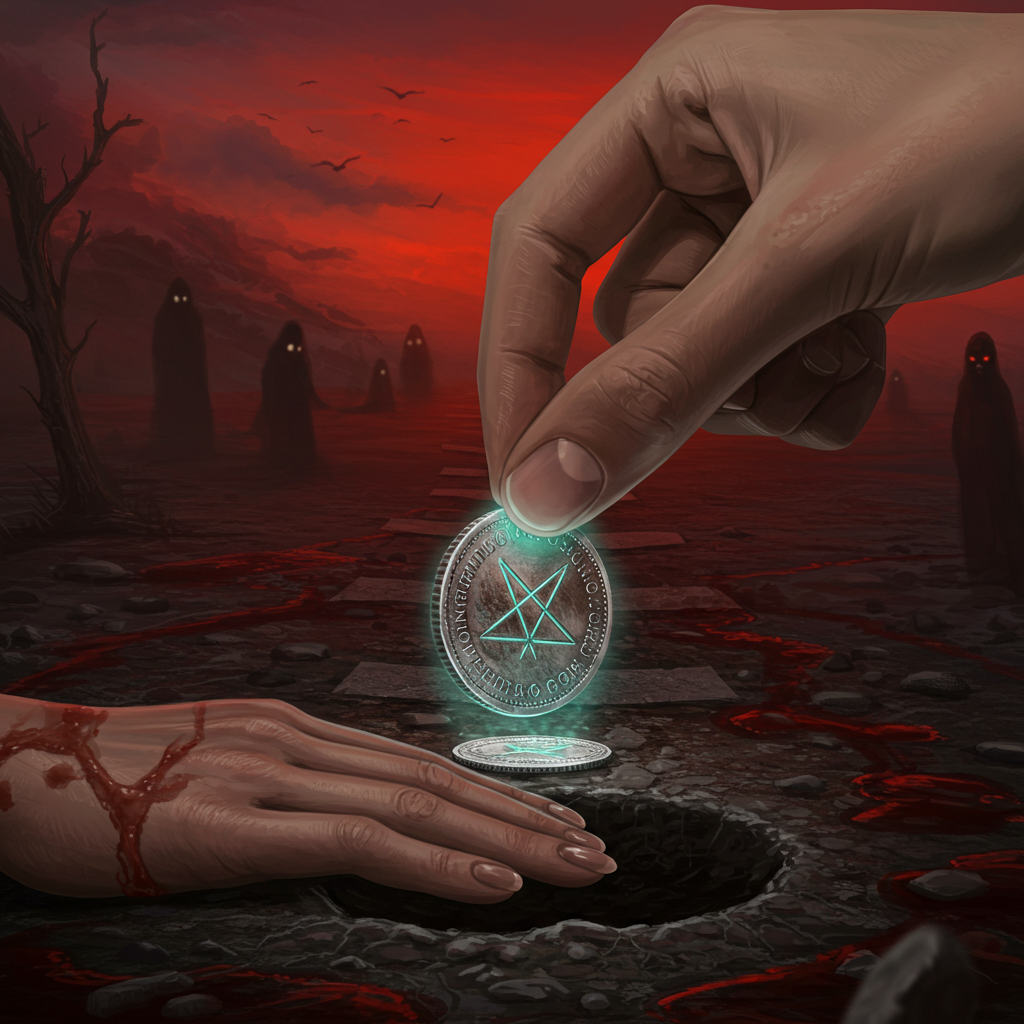In many traditional folk healing systems, rubbing a wart with a coin—especially a silver one—while reciting specific words or prayers, followed by discarding, burying, or offering the coin at a symbolically significant location (such as a crossroads or under a tree), was believed to cure the wart. The rationale behind the ritual was the idea of transference magic, where the unwanted ailment is passed from the body to an object.
Some versions of the superstition include:
- Using a silver coin, thought to have purifying or protective properties.
- Timing the ritual with the waning moon, symbolizing decrease and removal.
- Washing the coin in holy water or wrapping it in plant leaves before disposal.
- Repeating the ritual for multiple warts, one coin per wart, or rubbing all warts at once.
The wart would supposedly shrink and disappear over time, interpreted as the coin carrying away the affliction. Because many warts, especially in children, disappear naturally over weeks or months, the perceived success of this ritual further reinforced belief in its effectiveness.



